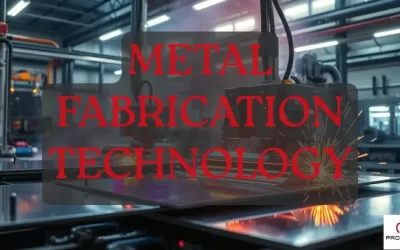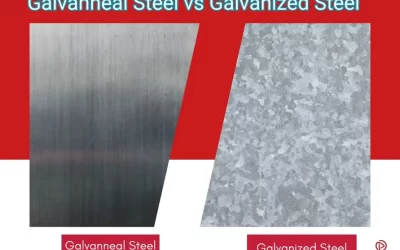Metal Hardness Chart
| Metal/Alloy | Rockwell (HRC) | Brinell (HB) | Vickers (HV) |
| 1100 Aluminum Annealed | 15 (HRB 23) | 28 | 30 |
| Aluminum 6061-T6 | 40 (HRB 60) | 95 | 100 |
| C260 Brass Annealed | 30 (HRB 50) | 80 | 85 |
| C360 Brass | 40 (HRB 75) | 120 | 125 |
| C110 Copper Annealed | 10 (HRB 15) | 35 | 40 |
| C172 Copper Hardened | 35 (HRB 90) | 200 | 210 |
| A36 Mild Steel Annealed | 20 | 120 | 130 |
| 1045 Carbon Steel Annealed | 25 | 180 | 190 |
| 1045 Carbon Steel | 55–60 | 550 | 580 |
| 304 Stainless Steel Annealed | 20 | 170 | 180 |
| 316 Stainless Steel Annealed | 22 | 175 | 185 |
| 440C Stainless Steel Hardened | 58–62 | 600 | 650 |
| A2 Tool Steel Hardened | 60–62 | 650 | 700 |
| D2 Tool Steel Hardened | 61–63 | 680 | 730 |
| Grade 2 Titanium Annealed | 25 | 200 | 210 |
| Grade 5 Titanium Annealed | 36 | 310 | 330 |
| Cast Iron Gray | 20 | 200 | 210 |
| Cast Iron Ductile | 25 | 220 | 230 |
| Pure Nickel | 15 (HRB 40) | 100 | 110 |
| Nickel Alloy Inconel 625 | 30 | 220 | 230 |
| AZ31B Magnesium Annealed | 15 (HRB 35) | 60 | 65 |
| Zinc Pure | 5 (HRB 10) | 30 | 35 |
| Lead Pure | 2 (HRB 5) | 10 | 12 |
| Tin | 3 (HRB 8) | 15 | 18 |
| C932 Bronze | 25 (HRB 65) | 100 | 105 |
| Chromium | 30 | 200 | 210 |
| Molybdenum Pure | 35 | 250 | 260 |
| Tungsten Pure | 40 | 300 | 310 |
| Cobalt Pure | 25 | 200 | 210 |
| C17200 Beryllium Copper | 38–42 | 350 | 370 |
Try Prolean Now!
Pure Metals
Pure metals are elements with a single kind of atom. They have few impurities. Their purity is above 99.9 %. The atomic arrangement is the same throughout. They form well-defined crystal structures such as face-centered cubic (FCC), body-centered cubic (BCC), or hexagonal close-packed (HCP). Because they are pure, the properties stay consistent.
They conduct electricity plus heat well. They are ductile and malleable. Their strength is often less than that of alloys. Examples are copper, aluminum, and gold. Their actions are predictable, so they fit uses that need certain physical traits. They may not be mechanically sound for structural jobs because they are too ductile for such demanding applications.
Case Hardening
In case hardening, the metal gains toughness by methods like carburizing and nitriding or induction hardening to add carbon or nitrogen to the outer layer, forming a hard wear wear-resistant shell.
Annealed Metals
Annealing improves ductility, making the metal softer and reducing internal stresses. It is a type of heat treatment with slow cooling to refine the microstructure.
Values are typical and may vary based on specific alloy compositions, heat treatment, and testing conditions, as per ASTM E140.
Learn more about metal heat treatment and find the right heat treatment service for your metal grades at Prolean-Tech.
Sources
ASTM E140 – Standard Hardness Conversion Tables for Metals
ISO 6506 – Brinell Hardness Testing
ISO 6507 – Vickers Hardness Testing
ISO 6508 – Rockwell Hardness Testing
ScienceDirect – Brinell Hardness Testing Overview
ScienceDirect – Vickers Hardness Testing Overview
ScienceDirect – Hardness of Nickel Alloys




0 Comments